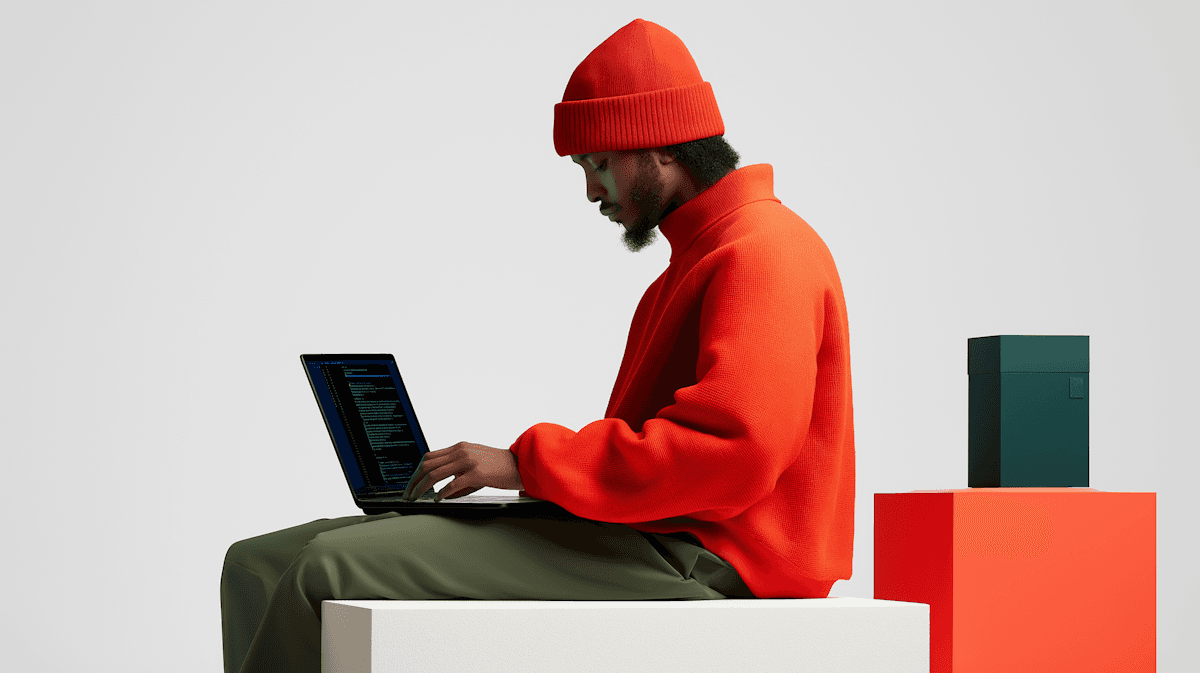How I Learned to Love Coding — and Why Eskills Should Be Your First Step

When I first heard about coding, I thought it was only for adults or for people who “always loved computers.” Now, after joining Eskills, I can say I was totally wrong — and I want other students to know how awesome learning Python and AI can be.
My story: from curious kid to proud coder
I was 12 when my school announced a short coding workshop. At first I was nervous — I didn’t know what terms like “variable” or “loop” even meant. Eskills changed that. The teachers started with simple, game-like lessons that felt more like solving puzzles than studying. We used visual blocks first, then slowly switched to Python. Within a few weeks I had made a small game and a chatbot that answered questions about my favorite cartoons. The rush when your program finally runs? It’s exactly like winning a level in a game — addictive and proud-making.
Why Eskills is different (from a student’s view)
- Hands-on from day one: We didn’t just watch videos — we built real mini-projects from the first class.
- Friendly pace: Lessons are short, clear, and fun, so they fit our attention span.
- Projects that matter: I worked on things I actually wanted: quizzes, story generators, little drawing apps.
- Guidance, not answers: Teachers give hints and tools to figure things out by yourself — that’s how you learn to think like a coder.
- Teamwork & fun challenges: Group activities and friendly competitions made learning social and motivating.
What I actually learned (and why it matters)
At Eskills I learned basic Python — variables, loops, conditionals — but more importantly I learned how to break problems into smaller steps. We also got simple, clear introductions to AI concepts: how a machine can learn from examples, and how to make small projects that use these ideas. The course showed the full process: idea → design → code → test → improve. That workflow helped me finish projects and feel confident sharing them.
Who should join Eskills?
If you’re aged 7–17 and like games, puzzles, or creating things, Eskills is a great start. It’s also perfect for parents who want a structured, safe place for their child to learn future-ready skills. No prior experience is needed — we started from the basics and moved up step-by-step.
What to expect from the courses
- Intro (4–6 weeks): Visual coding → beginner Python → a working mini-project.
- Intermediate (3 months): Deeper Python, small AI projects, and hands-on maker activities (robotics/sensors when available).
- Workshops & camps: Fast-paced, project-driven sessions where you finish a neat app or demo in a few days.
Quick tips for new students (from me)
- Start with curiosity — don’t worry about being “good” at first.
- Pick projects you actually care about (a game, a quiz, or a mini-bot).
- Ask for hints — teachers are there to guide, not judge.
- Practice 20–30 minutes regularly — consistency beats cramming.
FAQs (short & helpful)
Q: Is Python good for kids?
A: Yes — it’s easy to read and powerful. Kids can make games and simple AI projects quickly.
Q: How long until my child builds something?
A: Most students build a small working project within the first 2–3 weeks.
Q: Do I need any prior experience?
A: No. Eskills starts from the basics and supports students step-by-step.
Final note — from one student to another
If you’re curious about coding, try Eskills. It made learning fun for me, helped me finish things I’m proud of, and gave me skills that actually help with school and other hobbies. If you want a friendly, project-focused place to start building with Python and a taste of AI — Eskills is the place to begin.
Ready to try? Join a free demo class or check the course schedule at eskillsweb.com. — A student at Eskills